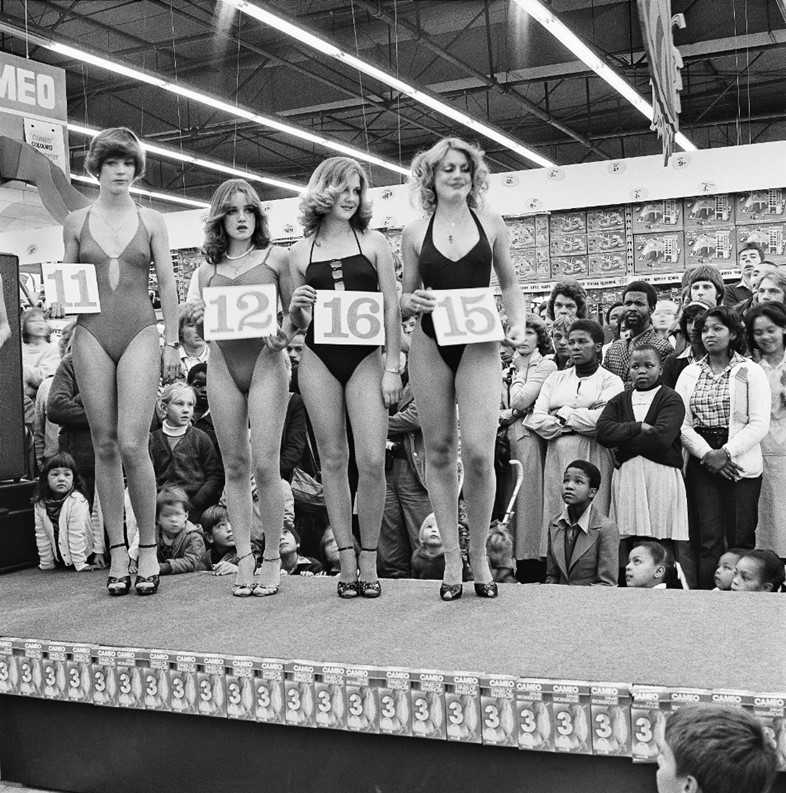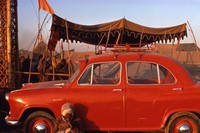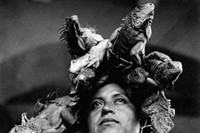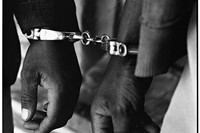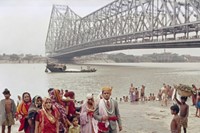The 60s and 70s are often described as two of the most memorable decades of the 20th Century, during which time the world changed dramatically and the modern age was defined.
The 60s and 70s are often described as two of the most memorable decades of the 20th century, during which time the world changed dramatically and the modern age was defined. A new exhibition at the Barbican Centre in London, Everything Was Moving: Photography from the 60s and 70s, charts this international growth and, more specifically, the development of the photographic medium during this period.
Presenting over 400 images, many of which have never been shown before in the UK, the exhibition explores the work of some of the key photographers working during these momentous decades, including, amongst others, Li Zhensheng from China, American photographers Bruce Davidson and William Eggleston, Malick Sidibé of Mali, and the ‘godfather’ of modern Japanese photography Shomei Tomatsu. Also represented in the exhibition is the distinguished South African photographer David Goldblatt, whose extensive oeuvre spans over five decades, through which he has pieced together a multifaceted view of the complex country from which he hails.
"These photographers...challenged the common belief that the medium of photography was inferior to those of painting or sculpture, and thus established it as an artistic medium in it’s own right."
Not only did the individual practice of these photographers noticeably develop during this time, as they documented significant moments in history as they happened around the world, and telling, as the Barbican Centre purport, ‘a history of photography through the photography of history’, but in their own ways, each photographer also contributed to the advancement of the overall aesthetic language of photography. Prior to what is now often referred to as the Golden Age of Photography, many photographers worked predominantly for the illustrated press, having to comply with strict briefs and commissions, with little room for artistic interpretation. However as the 60s and 70s progressed, many photographers began working independently to document their own, unique surroundings, and were able to ‘see’ the world on their own terms, whilst also establishing their own viewpoint and stance within it. Through this renewed approach to their practice, these photographers in turn challenged the common belief that the medium of photography was inferior to those of painting or sculpture, and thus established it as an artistic medium in it’s own right.
Everything Was Moving: Photography from the 60s and 70s is at The Barbican Centre until January 2013.
Text by Siobhan Andrews
